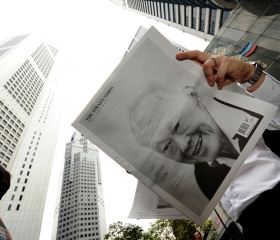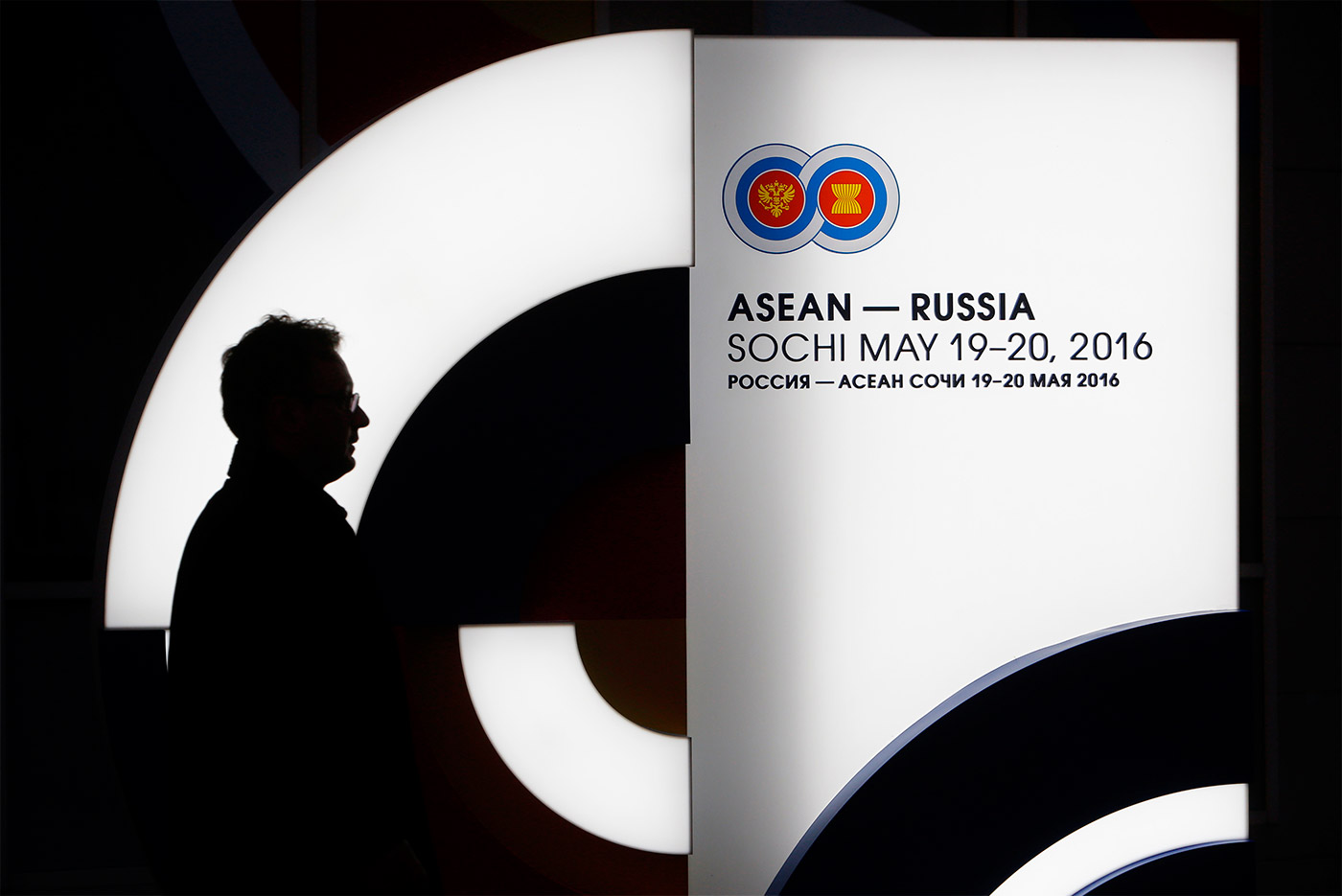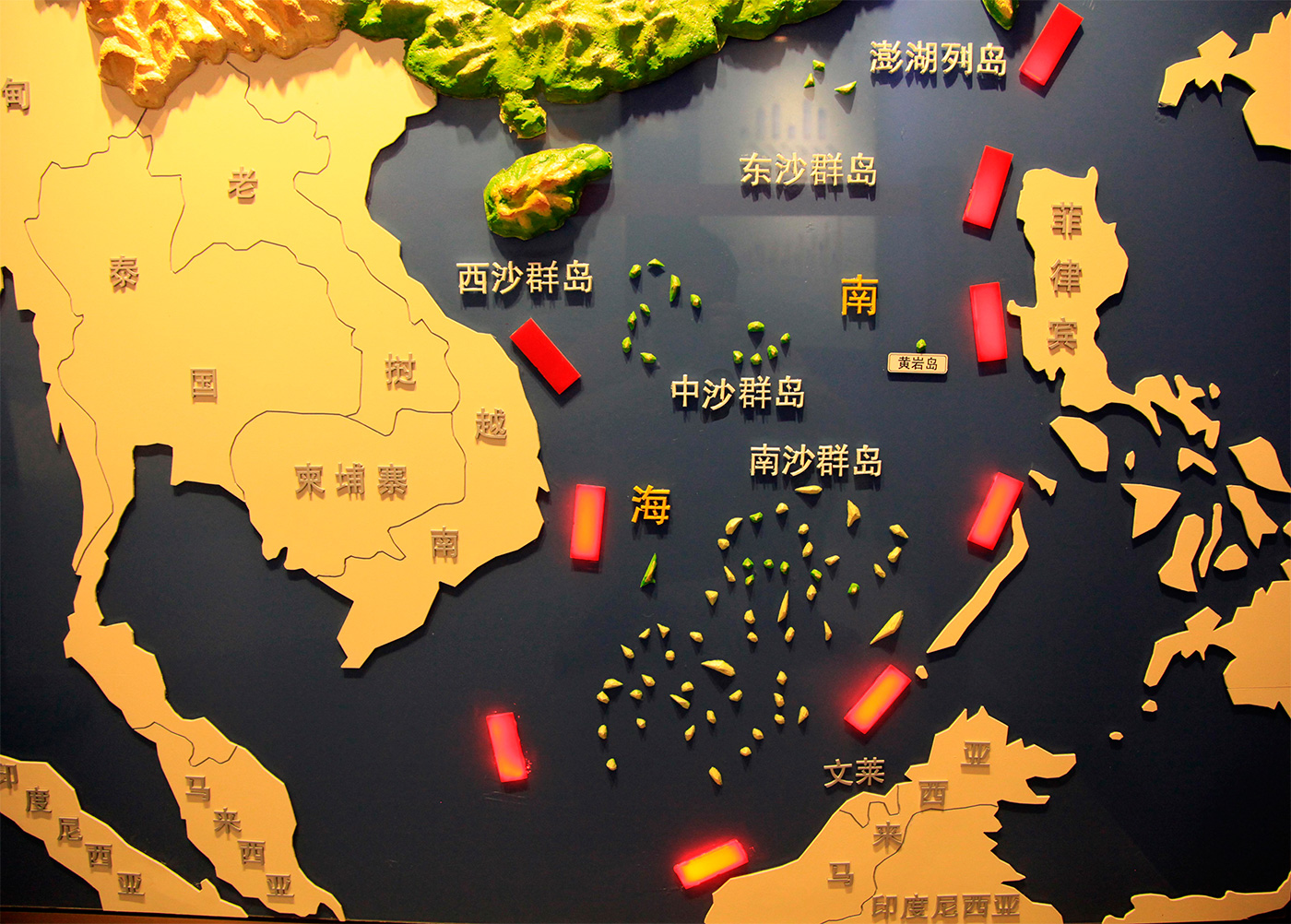Singapore’s policy toward China is largely determined by a set of contradictory, yet ever-present, factors stemming from the demographic situation and the geographical location of the island state. Consequently, Singapore’s government is forced to engage in a permanent and careful balancing act between cooperation with China, which is vital for the island, and constantly distancing itself from it. The dominance of ethnic Chinese among Singapore’s population is by no means a factor that brings Singapore and China together; on the contrary, it is a weighty reason for the above-mentioned distancing.
Strictly speaking, compared to many of its regional neighbours, such as Malaysia, Indonesia or Myanmar, Singapore is fairly homogeneous ethnically, with the largest ethnic group (Han) comprising 76.2 per cent of the population as of 2015. In China itself, the Han people make up a little over 90 per cent of the population. Naturally, the Chinese living in Singapore are culturally diverse; they speak several different dialects and come from various migration waves. Nevertheless, politicians in Singapore still feel the danger of their country becoming – or being perceived by its neighbours as – “little China in Southeast Asia” fairly keenly.
The political nation that is being shaped on the island is emphatically multi-racial and multi-ethnic. While showing its respect toward the culture, language and history of each ethnic group on the island – including the Chinese – Singapore is nevertheless building an entirely separate political and national identity; it emphasizes the difference between its citizens, regardless of their origins, and the citizens of those countries whose inhabitants had settled on the island. Singapore’s population is being deliberately brought up as bilingual: English dominates the education system, as well as the civil and military services. A significant part of Singapore’s Chinese population (up to one third) uses English outside of work, essentially becoming their native language. According to the government research carried out in early 2016, English has become Singapore’s main language both at work and at home: 36.9 per cent of people over the age of 5 speak English at home, while 34.9 per cent speak Mandarin Chinese.
The attempts by some members of the Chinese elite to view Singapore as “little China” are perceived extremely negatively by politicians in Singapore. As Tommy Koh, Professor at the National University of Singapore and former Permanent Representative of Singapore to the United Nations wrote in his 2015 article dedicated to the 25th anniversary of establishing diplomatic relations with China, one of the problems of China–Singapore relations is “the perception by some of our friends in China of Singapore as a Chinese nation. Although the Chinese constitute 75 per cent of our population, Singapore is not a Chinese nation but a multi-racial nation” (by race, people in Singapore mean the principal ethnic groups, including Chinese, Malaysians, Indians, etc.).
There are many reasons for such an approach. The most obvious one is the desire to ensure interethnic peace on the island as well as Singapore’s independency in the face of the Asian giant. Of no lesser significance for the country’s development is the fact that, should it develop as yet another “Chinese state” – or even a potential extension into Southeast Asia – such a situation would have extremely negative consequences for Singapore’s relations with its regional neighbours. As a small state with no natural resources (besides its advantageous geographical location), and one that lives on trade, services and intermediary services, Singapore cannot take such a risk.
For the very same reasons (the economy being fully dependent on international trade, industrial cooperation, financial services market, etc.), Singapore cannot afford to swing to the other extreme. That is, it cannot completely ignore China, much less to alienate it. China is Asia’s economic engine, and as the example of Taiwan in the 1990s–2000s shows, hampered economic ties with this country could have a affect the competitive edge of even a relatively large Asian economy.
The very history of establishing diplomatic relations between China and Singapore demonstrates the complexity of the foreign political game that Singapore’s leadership has been playing for decades. Singapore’s legendary Prime Minister Lee Kuan Yew was one of the first in the region to recognize China’s potential. In 1976, he visited China, where he met with Mao Zedong (who died later that same year) and established good personal relations with Deng Xiaoping, who would later develop and introduce reforms in China. Deng Xiaoping visited Singapore in 1978. China–Singapore relations began to develop rapidly. Nevertheless, Singapore established official diplomatic relations with China only in 1990. The cause for the delay (which no one ever saw a reason to hide) was Singapore’s desire to avoid being labelled as “yet another Chinese state” or “Beijing’s representative in ASEAN.” Singapore waited for other members of the alliance to normalize their relations with China (Indonesia was the last to do so in 1990), and only then exchanged ambassadors with China.
Experts view the period before 2009 as the “golden age” in China’s relations with Singapore, and with the ASEAN in general. Acting as the region’s logistical and financial centre, Singapore greatly benefited from China’s economic growth. Significant financial flows (linked to investments into China, as well as to the country’s foreign trade and continued investments into various regions of the world) went through Singapore. Along with the excellent investment climate, improved legislation and a powerful network of trade and investment agreements, Singapore had the advantage of a workforce with a knowledge of the Chinese language and its market. It should be noted that, until the mid-2000s, the world viewed the rise of China in the future differently than it does today. China’s foreign policy was passive. Beijing’s efforts to modernize its military were viewed with something akin to derision, and many experts sincerely hoped for a gradual peaceful transformation of China’s political system (many Chinese reformers, starting with Deng Xiaoping himself, said Singapore was to be imitated in its state governance model).
Things started to take a different turn in 2009, largely due to China conducting a more active policy in regard to the problems in the South China Sea. This complicated China–ASEAN relations somewhat, but it was not the only reason for changes. China set out to consistently expand its political influence on the ASEAN countries. Its greatest success was achieved in deepening its influence in the ASEAN’s poorest countries – Laos and Cambodia – and their stance, in particular, nullified all attempts to ensure the bloc’s unified position regarding the South China Sea. But China did not stop there. Its influence in the region continues to grow, and is based not only on the leading role of the Chinese economy and China’s well-thought-through dollar diplomacy, but also on the internal political processes taking place in some Southeast Asian countries.
Previously isolated and dependent on Beijing, Myanmar conducted a series of reforms starting in 2010, normalized relations with the United States and proceeded to implement a multi–prong foreign policy. Yet none of that changed Beijing’s growing influence. Thailand made a significant turn toward China after the 2014 military coup. Other members of the alliance – even Vietnam, which is embroiled in the South China Sea disputes – are forced to conduct policies of complicated manoeuvres, all the while taking Chinese interests into account to an ever greater extent. Recently, the populist politician Rodrigo Duterte came to power in the Philippines (the United States’ principal ally in the region). Duterte demonstratively distances himself and his country from the United States and speaks about possible deals with China on the territorial disputes. This could have disastrous consequences for the U.S. policy of containing China in Southeast Asia.
Politicians and foreign policy experts Singapore fully realized the consequences that China’s rise could have for Singapore’s balancing politics. In response to China’s growing power, Singapore began firstly to develop parallel relations with China and the United States, and secondly, to support the development of the ASEAN’s relations with other major powers, primarily with India and Japan. Singapore has also promoted the development of relations between the ASEAN and the European Union. Recently, the European Union made several statements concerning its intentions to intensify its participation in the South China Sea problems. Singapore strives to participate both in integration projects supported by Beijing (the Regional Comprehensive Economic Partnership) and Washington (the Trans-Pacific Partnership).
To ensure that the ASEAN in general – and Singapore in particular – are completely free to act and are protected against pressure, a policy of attracting the largest possible number of independent players in the region is being implemented. It is in this vein that we should probably consider Singapore’s take on Russia’s role in the region. Russia may not be the most influential player in the regional politics, but it is interesting as an independent player that gives smaller regional countries some additional space to manoeuvre. This is why the rapprochement between Russia and China that has gathered momentum recently, in addition to Moscow’s recent steps regarding the South China Sea problem (supporting China’s stance of rejecting the international arbitration initiated by the Philippines and and holding joint Russia–China military exercises in the South China Sea), have been received with some concern. These actions were interpreted (in fact, misinterpreted) as a sign that Russia could shift towards fully supporting China in Southeast Asia.
Despite all the efforts to diversify its ties, China and the United States remain Singapore’s principal partners. And Beijing’s gradual slide towards confrontation with Washington is a tremendous problem for Singapore. China is Singapore’s largest trade partner, and has no intention of abandoning its attempts to draw Singapore into its orbit, using the economic opportunities that present themselves and attempting to develop military-technical cooperation. Close relations with the United States remain imperative for Singapore as an international financial centre and hi-tech economy that is part of the international division of labour. Due to its geographic location, Singapore is the United States’ most important security partner in the region, and the impending crisis in U.S.–Philippines relations only increase its significance.
In 1990, Singapore and the United States signed a memorandum allowing the United States Armed Forces to use Singapore’s infrastructure. The agreement was expanded in 1998, and in 2005, the two countries signed the Strategic Framework Agreement for a Closer Cooperation Partnership in Defence and Security, which made Singapore the “most important” strategic security partner of the United States. Singapore’s air- and seaports and are of great importance for the actions of the United States Armed Forces in Southeast Asia, and the Singapore government has made great efforts to support and maintain the relevant facilities. In particular, Singapore’s Changi Naval Base was upgraded to receive all classes of U.S. combat vessels, including nuclear-powered aircraft carriers; its airfields were modernized to receive any type of cargo or combat planes. In addition to servicing and providing supplies for U.S. vessels and planes, one LCS (Littoral Combat Ship) is permanently stationed there, which allows the United States to monitor the situation on the region’s strategic maritime communications.
The situation with U.S.-Singapore relations is complicated by the fact that Singapore’s political system is entirely different from the long-established dogma in Washington to spread liberal democracy – the only true political system – around the world. The attempts of the U.S. embassy to support the members of Singapore’s “democratic opposition” have already led to several incidents in bilateral relations, and there is no blind trust here.
Singapore is involved in the South China Sea problem as an ASEAN-appointed coordinator of relations with China, and it was forced to support the decision of the Permanent Court of Arbitration which in July ruled in favour of the Philippines in their action against China, no matter how vaguely the statement of support was phrased. The principle of “the ASEAN’s central role” in Singapore’s foreign policy is very important, and growing tensions in the South China Sea inevitably lead to problems with China. During his recent visits to the United States (in August) and China (in early September), Prime Minister of Singapore Lee Hsien Loong could not escape the painful and controversial questions, even though he attempted to emphasize the need to look for a compromise and use the crisis as an opportunity to switch to new interaction models in the region.
It appears that the Singapore leadership is taking the increasingly strained U.S.–China relationship as one of the country’s key long-term challenges. Singapore, like the ASEAN as a whole, will have to find a way to retain productive relations with both superpowers and at the same time avoid becoming an area for a showdown between the two countries. At the same time, the need for more independent, non-regional region partners will continue to grow.








